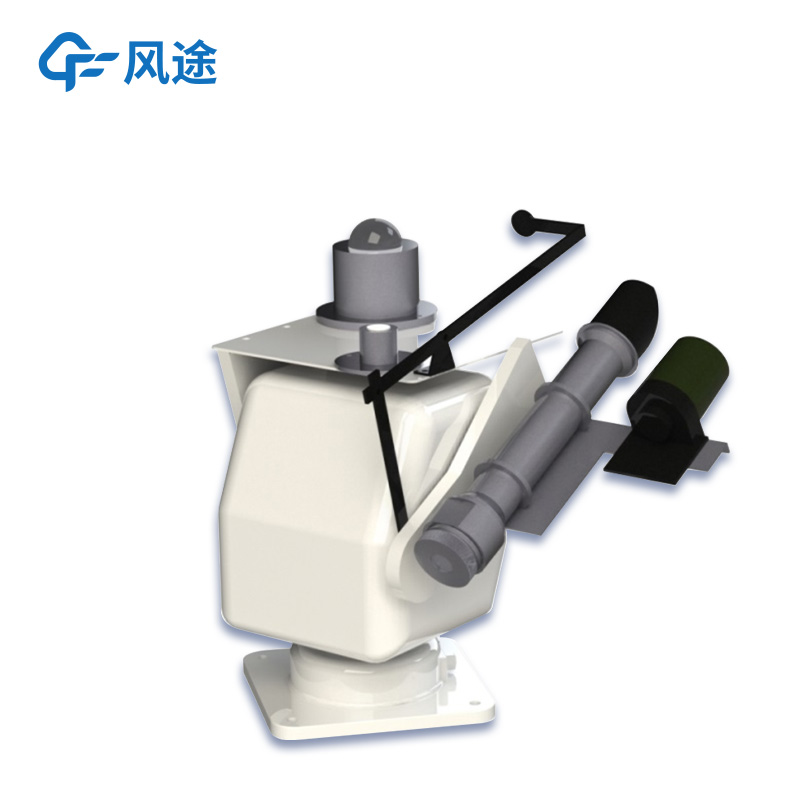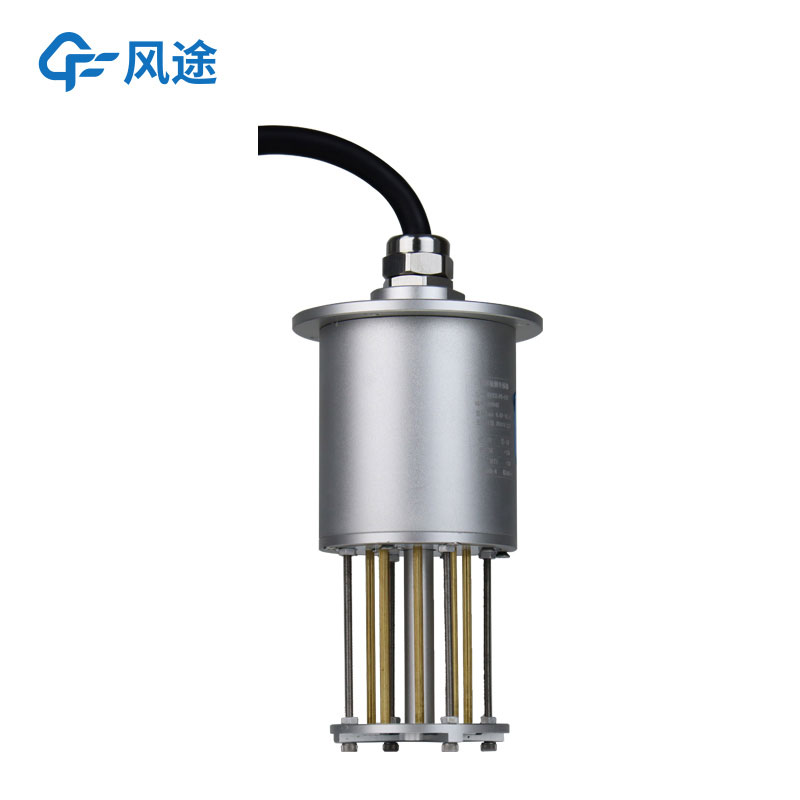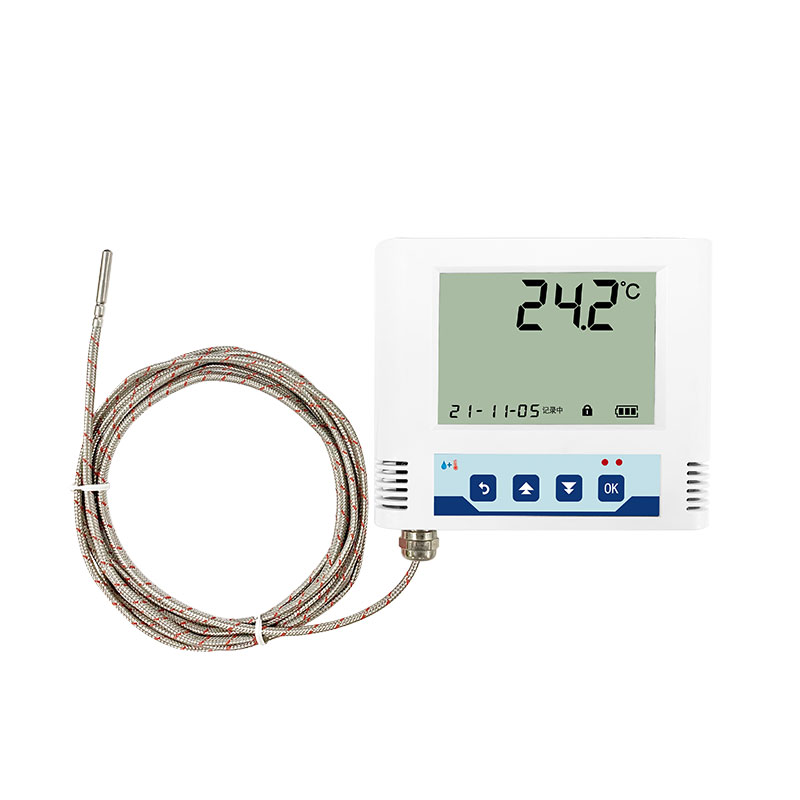Product
Recommended article
- How Forestry Weather Stations Bolster Forest Fire Prevention Efforts
- Discover the Power of Negative Oxygen Ion Monitoring System for Cleaner Air
- Comparative Analysis of Ultrasonic and Automatic Weather Stations in Meteorological Monitoring
- Breaking Through the ‘Last Meter’ with Online Dust Monitoring System
- Mastering Road Conditions with Road Weather Station
- Inhalable Dust Continuous Tester: A Portable Solution for Dust Concentration Monitoring
Contact us
Shandong Fengtu IOT Technology Co., Ltd
Sales Manager:Ms. Emily Wang
Cel,Whatsapp,Wechat:+86 15898932201
Email:info@fengtutec.com
Add:No. 155 Optoelectronic Industry Accelerator, Gaoxin District, Weifang, Shandong, China
The Hazards of Airborne Particulate Matter (PM) and the Role of PM2.5 Air Quality Monitor
Article source:Weather station time:2024-11-14 09:17:52 viewed:4times
Particulate matter (PM) in the air is a mixture of various chemical substances, and its hazards should not be underestimated.
PM10, with a diameter of 10 micrometers or less, can be inhaled into the lungs and have adverse effects on health, while PM2.5 with a diameter of 2.5 micrometers or less is even more harmful. Once these particulate matters enter the human body, they may cause a series of respiratory diseases, such as coughing, asthma, bronchitis, etc. Long - term exposure may also increase the risk of developing serious diseases such as lung cancer.
The hazards of PM involve multiple aspects. PM10 and PM2.5 come from different emission sources. Emissions from the combustion of gasoline, oil, etc. are the main sources of PM2.5 in outdoor air and also a large part of the sources of PM10. PM10 also includes dust from construction sites, landfills, agriculture, wildfires, pollen, and bacterial debris. These pollutants are widely present in the atmosphere and have a severe impact on air quality.
PM can also be divided into primary particulate matter and secondary particulate matter. Primary particulate matter is directly emitted from pollution sources, and secondary particulate matter is formed in the atmosphere through chemical reactions of gases such as sulfur dioxide and nitrogen oxides. These particulate matters will cause long - term and complex pollution to the atmospheric environment and affect the balance of the ecosystem. For example, they will harm the photosynthesis of plants and lead to a reduction in crop yields.
In view of the complex composition, diverse sources, and great hazards of particulate matter (PM) in the air, both the serious threat to human health and the adverse impact on the atmospheric environment and ecosystem make us realize the importance of accurate monitoring of it.
In this context, the PM2.5 Air Quality Monitor has emerged. It is like a sharp "environmental guard" that can accurately detect the concentration of PM in the air. Whether it is PM10 or PM2.5, the PM2.5 Air Quality Monitor can conduct detailed monitoring of them. Through real - time data feedback, we can clearly understand the content of these harmful particulate matters in the air, thereby providing a key basis for us to take corresponding protection and treatment measures.

This paper addresses:https://www.yf182.com/industry/555.html
Related products
Related article
-
Dust monitoring system for in-depth environmental protection
2024-02-20 -
Dust monitoring equipment selection points
2024-02-07 -
Tracking Dust Pollution with High Tech
2024-04-23 -
Pavement Condition Detectors: Advantages of Laser Remote Sensing Technology
2024-07-19 -
Functions of automatic meteorological monitoring station for field microclimate
2024-07-25 -
Enhancing Traffic Safety with the Road Weather Information System
2024-09-06 -
Small Intelligent Weather Station Manufacturer Recommendation
2024-05-11 -
Car Vehicle Mounted Auto Weather: Your Precision Weather Companion for Sports Events
2024-10-16










